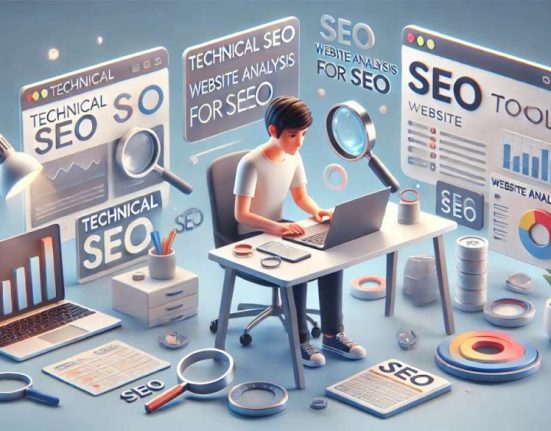Your website is often the first impression your business makes—but could poor web design be driving visitors away? Even small design missteps can quietly weaken traffic, hurt your search engine rankings, and frustrate users. The good news? These issues are often easy to fix once you know where to look. In this post, we’ll uncover common web design mistakes that may be costing you valuable traffic and share actionable tips to turn things around. Let’s take a closer look at how better design can translate into better results.
To dive deeper into optimizing your website’s structure, check out our guide on Mastering WordPress Custom Taxonomy URLs for Better SEO and UX.

Slow Load Times Are a Traffic Killer (Here’s How to Fix Them)
Nobody likes waiting, especially online. Slow load times frustrate users, leading to higher bounce rates and fewer conversions. But it’s not just about user impatience. Search engines like Google prioritize fast websites in their rankings, so a sluggish site can also drag down your SEO, making it harder for potential visitors to find you.
To speed things up, start by optimizing images. Large, uncompressed files can quickly bloat your site’s loading time. Use tools to shrink images without losing quality for a faster, cleaner experience. Next, leverage browser caching. Caching stores some of your website’s data in a user’s browser, so pages load faster on return visits. Finally, examine your code for unnecessary scripts or plugins. Streamlining your site’s code can significantly boost performance.
Improving load times doesn’t have to be complicated, and small tweaks can make a big difference. A faster site keeps visitors happy, ranks higher on search engines, and ultimately drives more traffic to your door. Don’t let speed be the reason users click away!
How Outdated Visuals Can Drive Users Away from Your Site
Outdated visuals can do more harm than many realize. A website that looks stuck in the past often leaves visitors questioning your credibility and professionalism. Users judge sites within seconds, and outdated design elements such as clunky fonts, low-resolution images, or clashing colors may send them running to a competitor. Worse yet, poor visuals can make it harder for your message to stand out, leading to missed opportunities.
To refresh your site’s appearance, start with the color palette. Modern, matching colors not only improve aesthetics but also evoke trust and connection. Next, swap outdated images or graphics for high-quality visuals that align with your brand identity and resonate with your audience. Finally, ensure a consistent design theme across all pages. Fonts, buttons, and imagery should work together to provide a smooth user experience.
By updating your visuals, you create a professional, engaging environment that makes users want to stay. Invest in your design and watch how it helps build trust, boosts engagement, and keeps traffic flowing.
Ignoring SEO in Your Web Design? Here’s What It’s Costing You
Neglecting SEO during your web design process can have serious consequences. A lack of SEO focus leads to lower search engine rankings, which makes it harder for potential visitors to find your site. This means reduced traffic, missed leads, and fewer conversions. If your competitors prioritize SEO, they’ll leave you behind in the race for visibility.
To avoid these pitfalls, it’s essential to integrate SEO best practices into your web design. Start with your site structure. A clear, logical layout improves user experience and helps search engines crawl and index your pages more efficiently. Don’t overlook meta tags; titles and descriptions are your first chance to grab attention on search results. Additionally, ensure your site is mobile-friendly. With most users browsing on their phones, search engines favor responsive designs.
Ignoring SEO in web design isn’t just a missed opportunity; it’s a competitive disadvantage. Make SEO a priority, and you’ll not only improve rankings but also create a site that attracts and retains traffic.
Conclusion
Prioritizing SEO in your web design ensures better search rankings, increased traffic, and an improved user experience. Ignoring it risks missed opportunities and reduced visibility. Don’t fall behind competitors—integrate SEO into your design process today to unlock your website’s full potential. Need help getting started? Check out our page with other insightful web design articles to guide you every step of the way!





